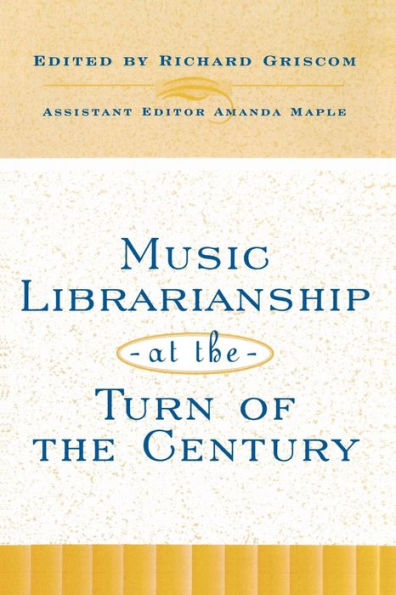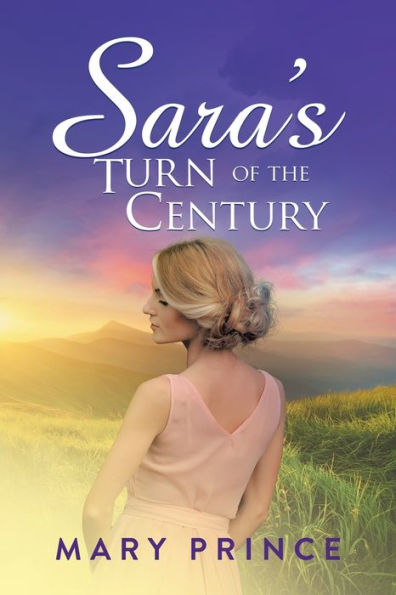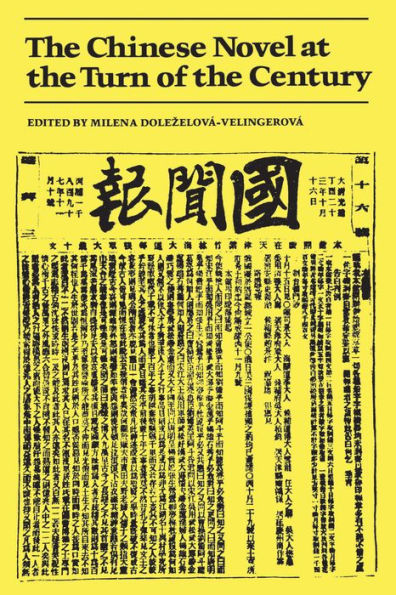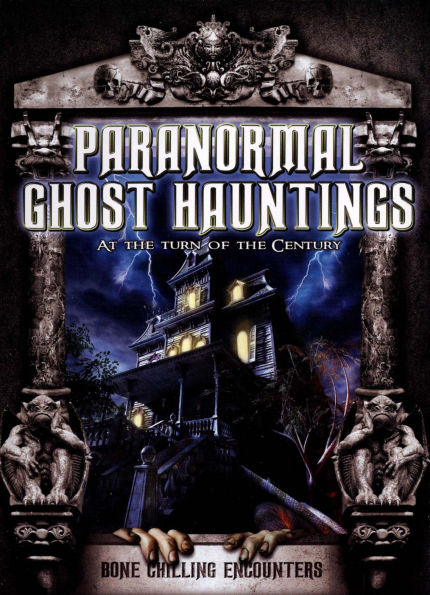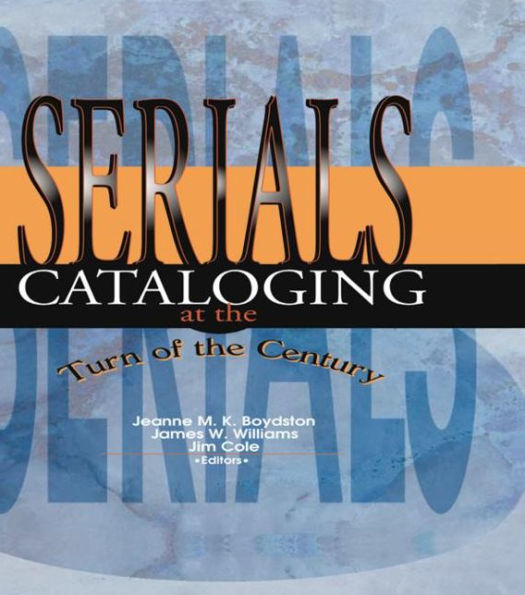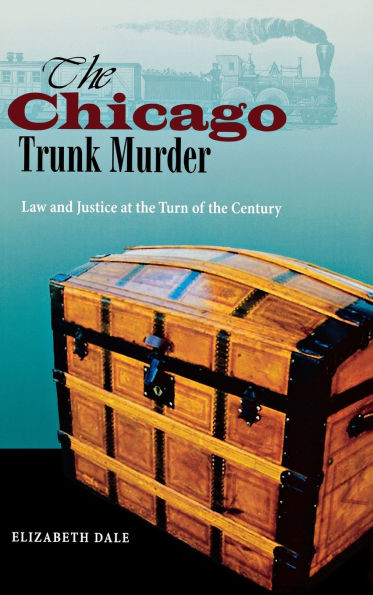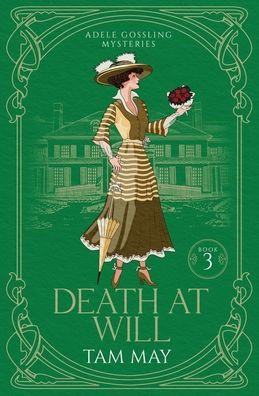Home
Turn of the Century
Barnes and Noble
Loading Inventory...
Turn of the Century in Franklin, TN
Current price: $19.99
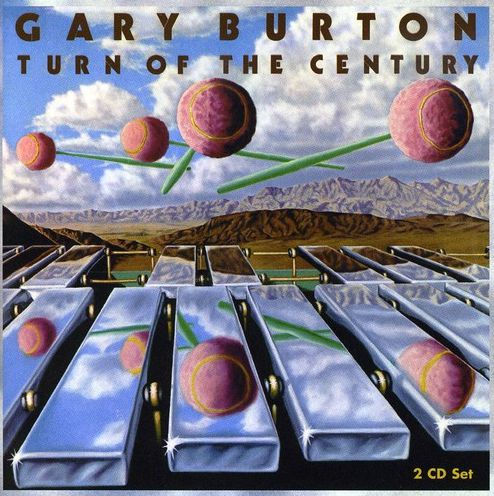
Barnes and Noble
Turn of the Century in Franklin, TN
Current price: $19.99
Loading Inventory...
Size: OS
Gary Burton
's early pre-
ECM
career can easily be sliced into fourths -- his flirtation with country music via his time spent in Nashville, working as a sideman with
Stan Getz
, forming a band with
Larry Coryell
, and these recordings for the
Atlantic
label that saw him as more an multi-instrumentalist playing contemporary funky music. It seems
Burton
was bent on fusing all of his influences, being master to none, while exploring different commercial outlets open to him as flower power waned. This double-CD of his recordings for
had
collaborating with that wide array of musicians, most notably
Keith Jarrett
, violinists
Stephane Grappelli
and
Seatrain
's
Richard Greene
, post-
Coryell
guitarists
Sam Brown
,
Jerry Hahn
, and
Eric Gale
, members of the session band
Stuff
, and especially electric bass guitarist
Steve Swallow
. The textures of this music vary wildly, though in a sense centered by
's emerging identity on the vibraphone and refusal to musically stand still. The music works to a certain degree, but there's a feeling of doing too much, as
also, at times, overdubs piano, electric keyboards, and organ. The three tracks with
Grappelli
are outstanding, including the classic ballad "Here's That Rainy Day," the straight bopper "Daphne," or the easy swinger "Coquette," all well within mainstream jazz. Holdovers from his funky phase include the always relevant "Vibrafinger" with distinct guitars and danceable go-go beat, the poignant, now standard "Las Vegas Tango" which was adopted by
Carla Bley
Gil Evans
, and "Grow Your Own" which is more complex and intertwined as it develops.
Jarrett
keep the mingling a constant reality, lightly rocking during "Moonchild/In Your Quiet Place," foreshadowing their pending
sonics, while the pianist's long and winding intro to "Fortune Smiles" merges from a stilted walk into a loping, lighter rock beat.
Green
's overdubbed violin in a slow 4/4 love song identifies the
icon "Throb," and
plays solo on a quick read of "Chega de Saudade." The set is marred by two soppy pop covers -- the lame "Handbags & Gladrags," where
overdubs keyboards to an unappealing level, and the pseudo-soul treatment of
Aretha Franklin
's "I Never Loved a Man." For sure this is an uneven representation of what
would become as a true pioneer of contemporary jazz, relegating it to curio status, but there are many moments of unique musical statesmanship on this recording indicative of the changing times in jazz from the early to mid-'70s. ~ Michael G. Nastos
's early pre-
ECM
career can easily be sliced into fourths -- his flirtation with country music via his time spent in Nashville, working as a sideman with
Stan Getz
, forming a band with
Larry Coryell
, and these recordings for the
Atlantic
label that saw him as more an multi-instrumentalist playing contemporary funky music. It seems
Burton
was bent on fusing all of his influences, being master to none, while exploring different commercial outlets open to him as flower power waned. This double-CD of his recordings for
had
collaborating with that wide array of musicians, most notably
Keith Jarrett
, violinists
Stephane Grappelli
and
Seatrain
's
Richard Greene
, post-
Coryell
guitarists
Sam Brown
,
Jerry Hahn
, and
Eric Gale
, members of the session band
Stuff
, and especially electric bass guitarist
Steve Swallow
. The textures of this music vary wildly, though in a sense centered by
's emerging identity on the vibraphone and refusal to musically stand still. The music works to a certain degree, but there's a feeling of doing too much, as
also, at times, overdubs piano, electric keyboards, and organ. The three tracks with
Grappelli
are outstanding, including the classic ballad "Here's That Rainy Day," the straight bopper "Daphne," or the easy swinger "Coquette," all well within mainstream jazz. Holdovers from his funky phase include the always relevant "Vibrafinger" with distinct guitars and danceable go-go beat, the poignant, now standard "Las Vegas Tango" which was adopted by
Carla Bley
Gil Evans
, and "Grow Your Own" which is more complex and intertwined as it develops.
Jarrett
keep the mingling a constant reality, lightly rocking during "Moonchild/In Your Quiet Place," foreshadowing their pending
sonics, while the pianist's long and winding intro to "Fortune Smiles" merges from a stilted walk into a loping, lighter rock beat.
Green
's overdubbed violin in a slow 4/4 love song identifies the
icon "Throb," and
plays solo on a quick read of "Chega de Saudade." The set is marred by two soppy pop covers -- the lame "Handbags & Gladrags," where
overdubs keyboards to an unappealing level, and the pseudo-soul treatment of
Aretha Franklin
's "I Never Loved a Man." For sure this is an uneven representation of what
would become as a true pioneer of contemporary jazz, relegating it to curio status, but there are many moments of unique musical statesmanship on this recording indicative of the changing times in jazz from the early to mid-'70s. ~ Michael G. Nastos
Gary Burton
's early pre-
ECM
career can easily be sliced into fourths -- his flirtation with country music via his time spent in Nashville, working as a sideman with
Stan Getz
, forming a band with
Larry Coryell
, and these recordings for the
Atlantic
label that saw him as more an multi-instrumentalist playing contemporary funky music. It seems
Burton
was bent on fusing all of his influences, being master to none, while exploring different commercial outlets open to him as flower power waned. This double-CD of his recordings for
had
collaborating with that wide array of musicians, most notably
Keith Jarrett
, violinists
Stephane Grappelli
and
Seatrain
's
Richard Greene
, post-
Coryell
guitarists
Sam Brown
,
Jerry Hahn
, and
Eric Gale
, members of the session band
Stuff
, and especially electric bass guitarist
Steve Swallow
. The textures of this music vary wildly, though in a sense centered by
's emerging identity on the vibraphone and refusal to musically stand still. The music works to a certain degree, but there's a feeling of doing too much, as
also, at times, overdubs piano, electric keyboards, and organ. The three tracks with
Grappelli
are outstanding, including the classic ballad "Here's That Rainy Day," the straight bopper "Daphne," or the easy swinger "Coquette," all well within mainstream jazz. Holdovers from his funky phase include the always relevant "Vibrafinger" with distinct guitars and danceable go-go beat, the poignant, now standard "Las Vegas Tango" which was adopted by
Carla Bley
Gil Evans
, and "Grow Your Own" which is more complex and intertwined as it develops.
Jarrett
keep the mingling a constant reality, lightly rocking during "Moonchild/In Your Quiet Place," foreshadowing their pending
sonics, while the pianist's long and winding intro to "Fortune Smiles" merges from a stilted walk into a loping, lighter rock beat.
Green
's overdubbed violin in a slow 4/4 love song identifies the
icon "Throb," and
plays solo on a quick read of "Chega de Saudade." The set is marred by two soppy pop covers -- the lame "Handbags & Gladrags," where
overdubs keyboards to an unappealing level, and the pseudo-soul treatment of
Aretha Franklin
's "I Never Loved a Man." For sure this is an uneven representation of what
would become as a true pioneer of contemporary jazz, relegating it to curio status, but there are many moments of unique musical statesmanship on this recording indicative of the changing times in jazz from the early to mid-'70s. ~ Michael G. Nastos
's early pre-
ECM
career can easily be sliced into fourths -- his flirtation with country music via his time spent in Nashville, working as a sideman with
Stan Getz
, forming a band with
Larry Coryell
, and these recordings for the
Atlantic
label that saw him as more an multi-instrumentalist playing contemporary funky music. It seems
Burton
was bent on fusing all of his influences, being master to none, while exploring different commercial outlets open to him as flower power waned. This double-CD of his recordings for
had
collaborating with that wide array of musicians, most notably
Keith Jarrett
, violinists
Stephane Grappelli
and
Seatrain
's
Richard Greene
, post-
Coryell
guitarists
Sam Brown
,
Jerry Hahn
, and
Eric Gale
, members of the session band
Stuff
, and especially electric bass guitarist
Steve Swallow
. The textures of this music vary wildly, though in a sense centered by
's emerging identity on the vibraphone and refusal to musically stand still. The music works to a certain degree, but there's a feeling of doing too much, as
also, at times, overdubs piano, electric keyboards, and organ. The three tracks with
Grappelli
are outstanding, including the classic ballad "Here's That Rainy Day," the straight bopper "Daphne," or the easy swinger "Coquette," all well within mainstream jazz. Holdovers from his funky phase include the always relevant "Vibrafinger" with distinct guitars and danceable go-go beat, the poignant, now standard "Las Vegas Tango" which was adopted by
Carla Bley
Gil Evans
, and "Grow Your Own" which is more complex and intertwined as it develops.
Jarrett
keep the mingling a constant reality, lightly rocking during "Moonchild/In Your Quiet Place," foreshadowing their pending
sonics, while the pianist's long and winding intro to "Fortune Smiles" merges from a stilted walk into a loping, lighter rock beat.
Green
's overdubbed violin in a slow 4/4 love song identifies the
icon "Throb," and
plays solo on a quick read of "Chega de Saudade." The set is marred by two soppy pop covers -- the lame "Handbags & Gladrags," where
overdubs keyboards to an unappealing level, and the pseudo-soul treatment of
Aretha Franklin
's "I Never Loved a Man." For sure this is an uneven representation of what
would become as a true pioneer of contemporary jazz, relegating it to curio status, but there are many moments of unique musical statesmanship on this recording indicative of the changing times in jazz from the early to mid-'70s. ~ Michael G. Nastos

